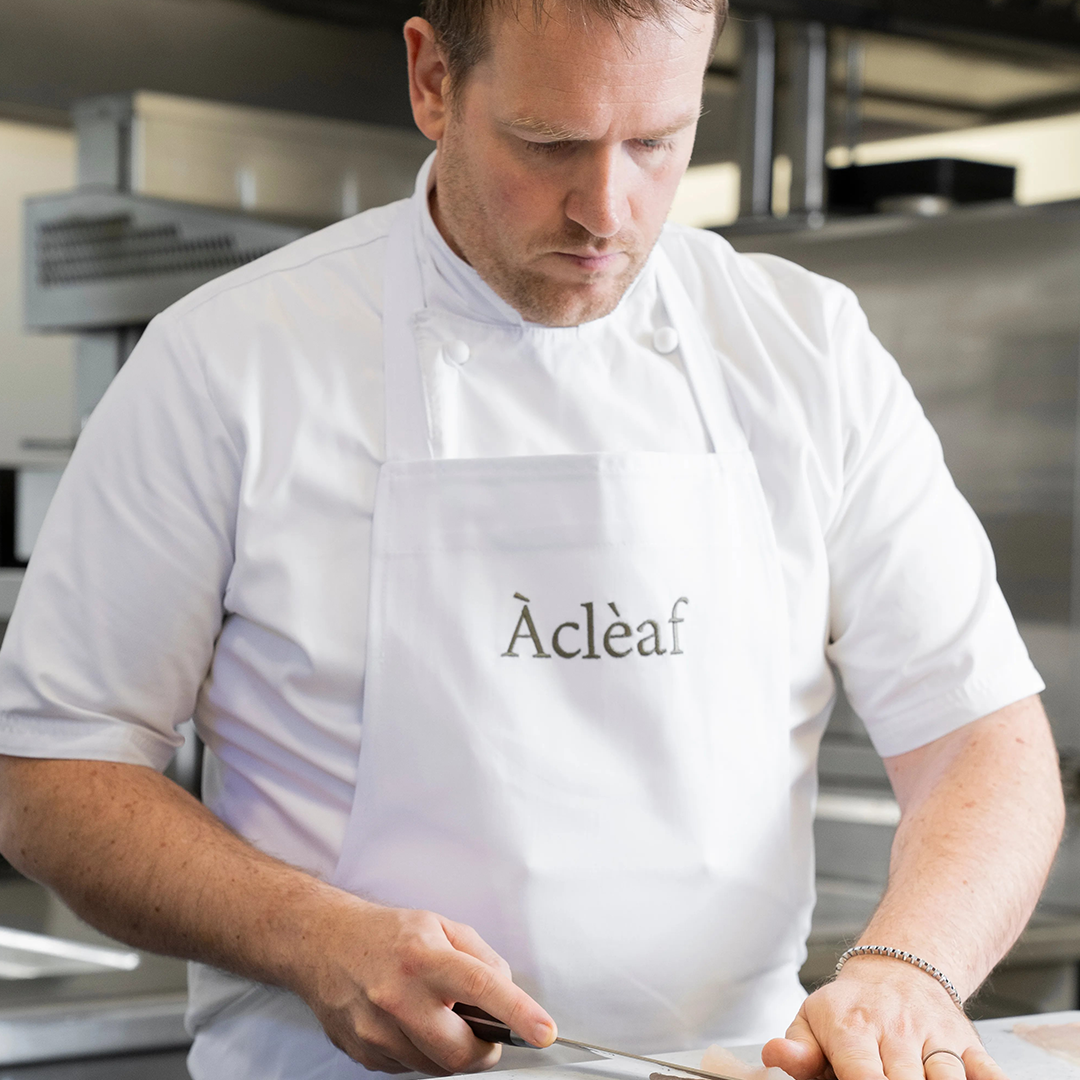By Bert Beagley-Brown
The other day I discovered the ANAORI Kakugama.

This mind-blowing Japanese cooking pot is made of “raw carbon graphite" (yes, the stuff that makes your pencil write), retails at £2,760 (+tax) and would not look out of place on the Apple website. It steams, simmers, poaches, fries and grills.
For me, it represents the Japanese unhindered pursuit of excellence. The Anaori cooking philosophy is "to inflict the least possible stress on each ingredient, so as to heighten their essence, and to preserve their nutrients.”. Exactly like using a sharp knife.
It also represents the ubiquitous Japanese combination of modernity and tradition that I have tried to embody in the design of TOG knives. This pot is incredibly innovative, using new manufacturing processes (carving graphite from a single block, super thin ceramic coating) and design features (the lid can be turned over to make a grill). At the same time, the design is inspired by traditional Japanese tea ceremony architecture and the goal is to elevate traditional Japanese cooking and ancient processes like rice making.


According to Anaori, "carbon graphite may crack or chip when struck with a sharp or metallic object. Like a precious earthenware pot, you need to handle it gently with caution, and you have to choose your cooking accessories.”. Again - exactly the same philosophy as Japanese knives. They are precision tools that need to be looked after but that will deliver the highest level of performance for a lifetime in return.
Finally, it is (of course) square. And this isn’t just an aesthetic design statement. Carving graphite means that the pot can be square on the outside and round on the inside. Graphite is quite a light material so this unique shape means the volume of material can be much greater. In turn, that means hugely greater heat retention and the ability to emit five times more infrared than cast iron.

The pot has two lids - an outer lid manufactured from graphite to a 0.1mm tolerance seals in heat and moisture (graphite doesn’t warp). The inner lid is made from Japanese cypress wood to regulate moisture content and “infuse each meal with an exquisite aroma of the Japanese countryside”.
This pot couldn’t be much more Japanese.






